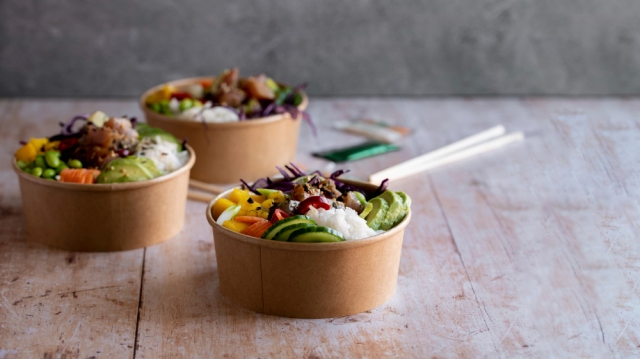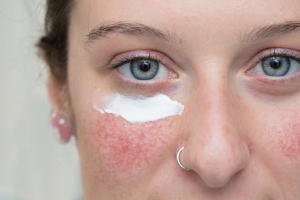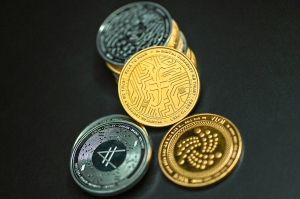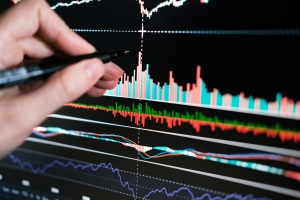Food photography has long gone beyond being a hobby. It is now a whole separate field, and yes, it is not easy to become a professional in it. We have prepared the best food photography tips for you. By following them, you will be able to create real masterpieces that will collect thousands of likes on social networks!
By the way, if you are already an active user of social networks, you need to know how to make a FB profile pic fit. You can find out by reading this article on Skylum's blog. There are many more tips there that will be useful for professionals and beginners alike.
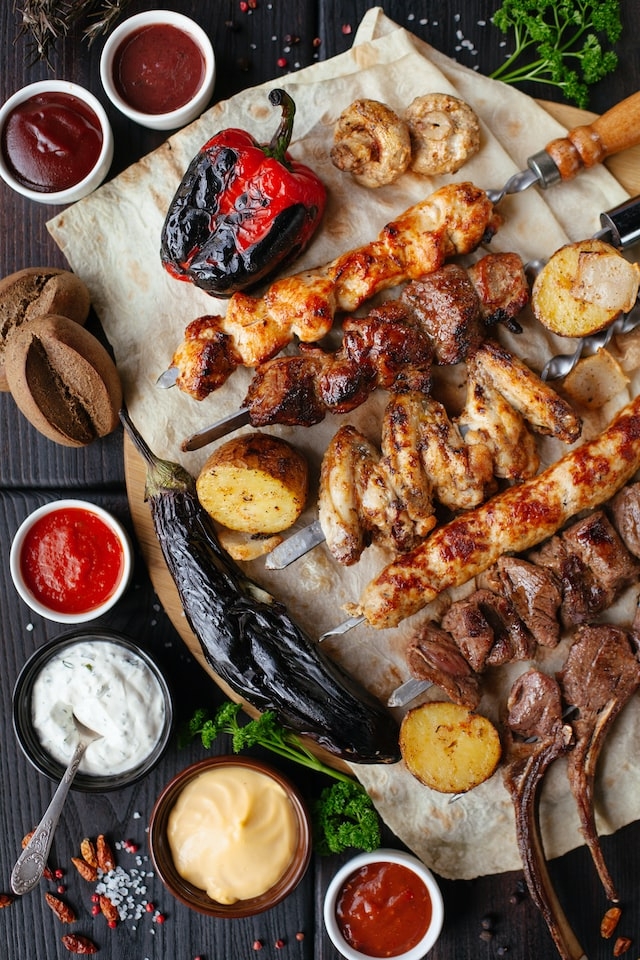
Use less food than usual
One of the common mistakes beginners make is piling up tons of food. They think that a full (even too full) plate would look so much better. Let us hasten to disappoint you: this is not the case.
If you decide to photograph food, there's a simple rule to follow. Put less on your plate than the average person can eat. The free space can be filled with spices, which make a great element. If we are talking about desserts, you can put fruit on top or sprinkle the plate with grated chocolate.
Add texture to plates and bowls
It's no secret that more often than not, plates and bowls look smooth and shiny. If you look at them, it looks beautiful, but in pictures, the effect is not very good:
- Your plates and bowls will constantly have glare on them, which you'll have to remove with photo editing apps. They are especially visible if you are shooting under artificial light rather than natural light;
- Shiny plates and bowls lack texture. This is a big problem because the texture makes the viewer realize that the picture is three-dimensional and wants to eat the food on the plate.
How to solve this problem?
There are several ways. The best is to wrap the plates with soft paper. It does two things at once: adds texture and keeps the sauce from smearing on the table or tablecloth.
However, you have to be careful not to spoil the photo. Remember that too much paper will distract the viewer from the contents of the plate. You don't want that, do you?
Create background contrast
Another common mistake among beginners is to place white plates on a white background. Such pictures look rather dull and faded, although sometimes they can be masterpieces. However, it is difficult to achieve this effect, and you will have to work hard. We suggest a simpler option, namely the use of contrast.
You can place a white plate on a dark background or vice versa. Don't forget that the food must also be in contrast to the background. If your dish is colorful, you should use a lighter tone, if the opposite, use a darker one.

Allow food to spill over naturally
Of course, we all want the photo to look perfect. However, nothing bad can happen if you add a little controlled mess. It will liven up the picture because a little spilled sauce will show that the food was really recently cooked and not just taken out of the fridge.
Choose simple tableware
We won't argue that brightly colored plates with colored patterns look interesting and unusual. However, there is one problem: they are very distracting to the eye from the food. You don't want viewers to look at the plate and not at your culinary masterpiece, do you?
If in doubt, we can suggest two win-win options. They are white and black. They always look appropriate and don't distract the audience.
Be creative
We've been seeing plates of food on social media for a while now. Some of them even look appetizing, and there is a desire to eat them. However, most of these photos look boring and even banal. What do they lack? That's right, a story.
A good thing about food photography is that it can be used to show viewers an entire story. Here are some simple tips on how to do it:
- Create a composition by placing raw ingredients in the background to show the process of making the food.
- Add steam to show how the food cools.
- Place knives, forks, and spoons on the table to show that the food is ready to eat.
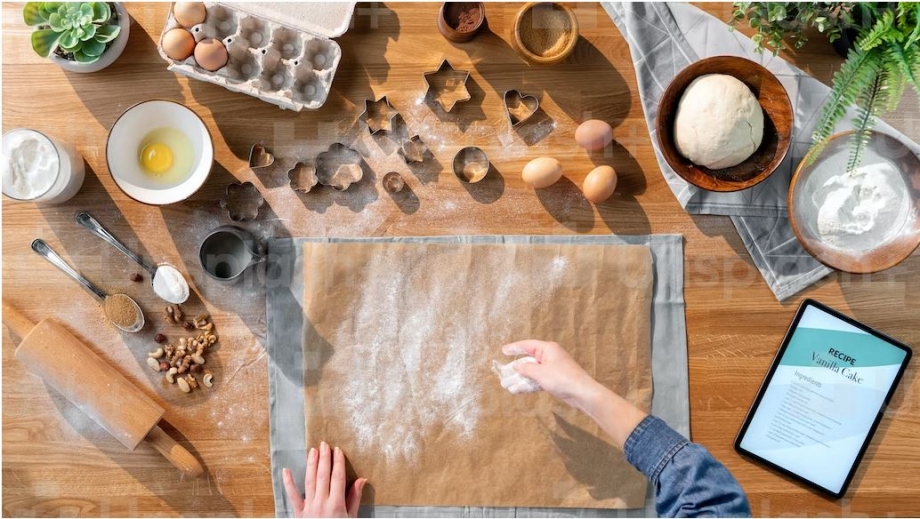
Be inspired by other ideas
By no means are we stating that you just need to copy other people's photos. However, when looking at other pictures, you may see some ideas that, combined with your own style, will look very cool.
Conclusion
Food photography is a separate art form and it's hard to learn how to make masterpieces in it. However, it is possible if you put in the effort and patience. We hope that you will find our tips useful.
If you don't want to stop there, visit Skylum's blog. There you will find many interesting articles, such as how to make a FB profile pic fit, how to use filters correctly, or what camera to choose.
